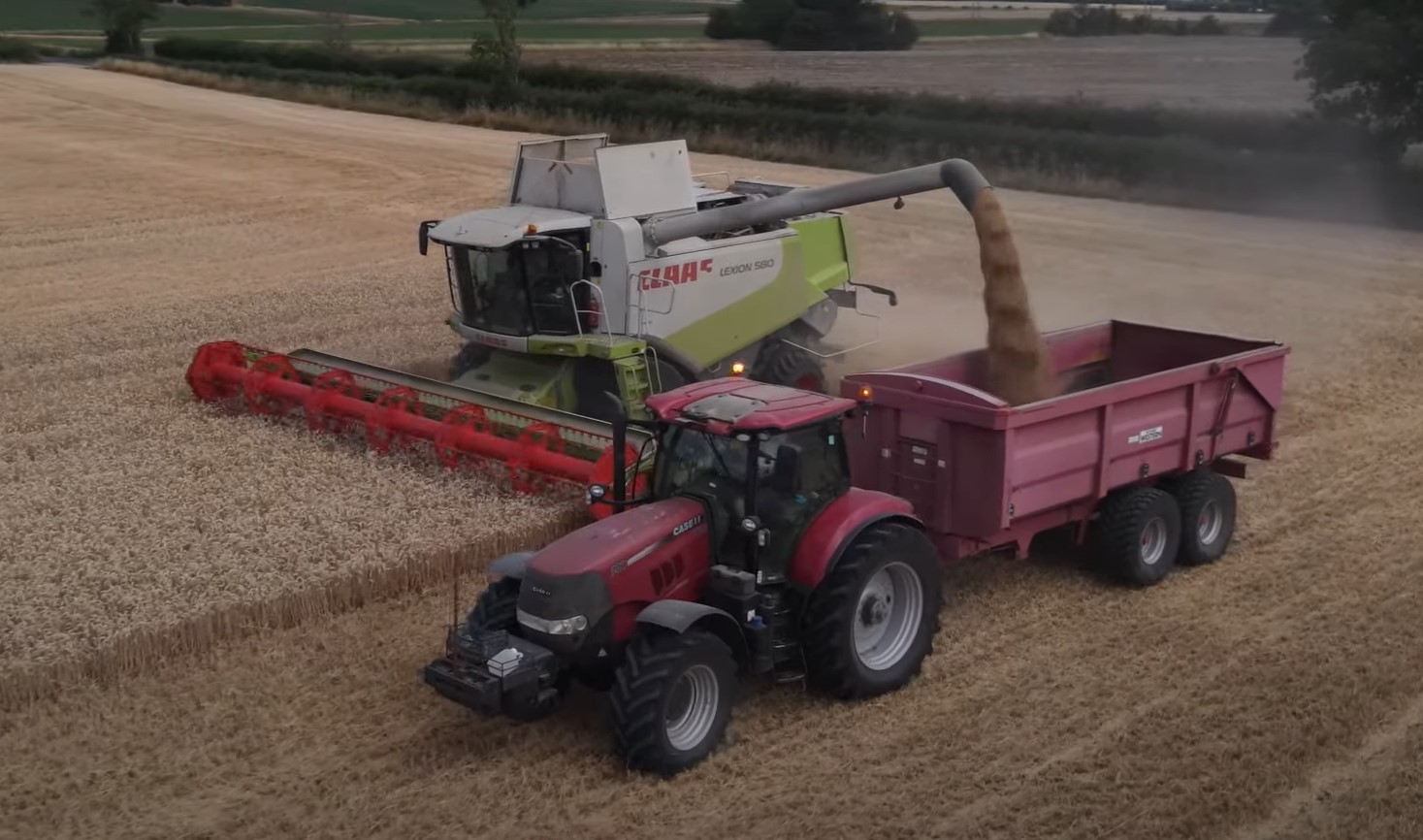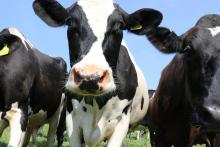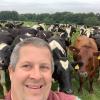Use this page to connect with people. organisations and initiatives with interests in photography in agriculture

Lots of people and organisations take photos in agriculture, of people, landscapes, fields, buildings, machines, animals, crops, insects, plants, the natural environment or just the countryside.
Recommended Content
Content below is from across the PEP community and is not necessarily endorsed by Stewards or by PEP
Connected Content
The livestock industry is an integral part of the agricultural sector, encompassing various aspects of animal husbandry and production. It plays an important role in global food security and supports the livelihoods of millions of people worldwide.
Unmanned aerial vehicles (UAVs), more commonly known as drones, are being increasingly used in agriculture to improve farming efficiency and productivity.
After four years acting as a 3rd party distributor of various software and hardware, and a highly experienced training school, In 2019, frustrated with existing drone-based, crop monitoring methods, they decided to develop their own smartphone app called "Skippy Scout".
Good photos are increasingly important for today’s businesses—especially farms that sell directly to consumers. But taking good quality shots—particularly of animals—is far from easy. 'A Greener World' has teamed up its go-to photographer, Mike Suarez of Gorilla Byte Media, to write this 'Taking Pictures of Your Farm' guide to help you to take better photographs on your farm for use in social media, websites and other promotional materials.
Farming is intricately connected to the environment in various ways. The relationship between agriculture and the environment is a critical aspect of modern farming practices. Please share information, resources, tools and experiences on the multifaceted dimensions of how farming intersects with the environment.
Machinery plays a pivotal role in modern agriculture, revolutionizing the way we cultivate crops and raise livestock. This technological advancement has significantly increased efficiency, productivity, and sustainability in the farming industry. Agricultural machinery encompasses a diverse range of equipment, from tractors and combines to specialized tools like seeders, plows, and irrigation systems.
My name is Kevin Milner and I would like to take this opportunity of introducing you to the services I offer as a specialist Farming and Estate Photographer. I am a fully qualified and CAA licensed Drone operator, and you can see examples of my work at www.kevinmilnercountryside.co.uk.


